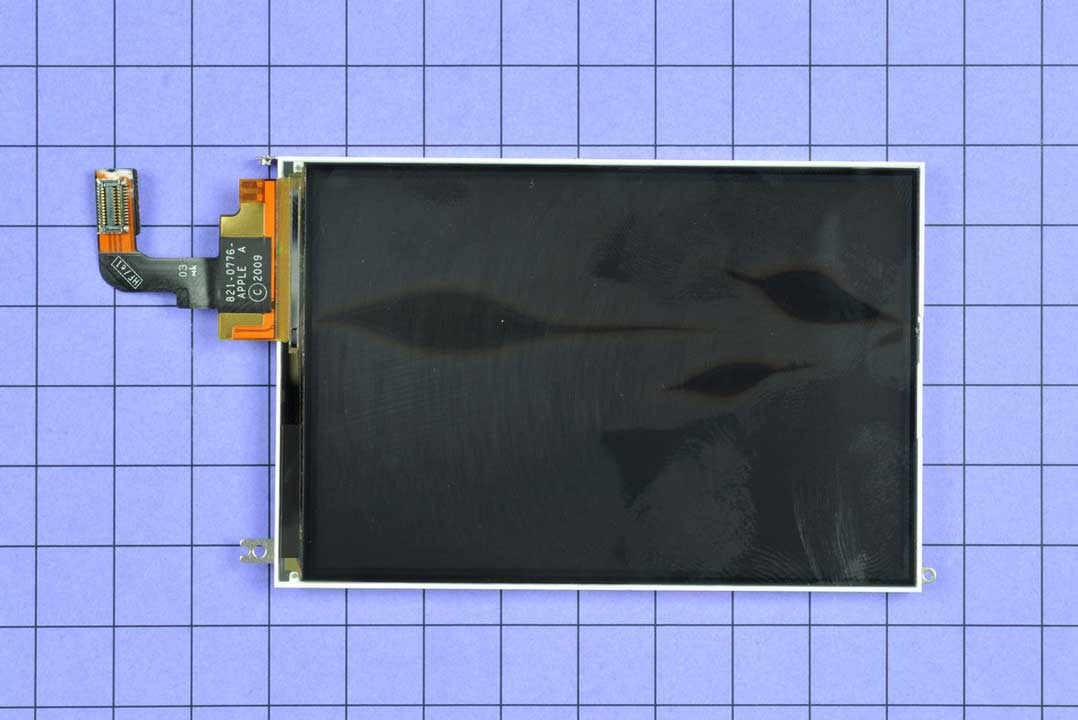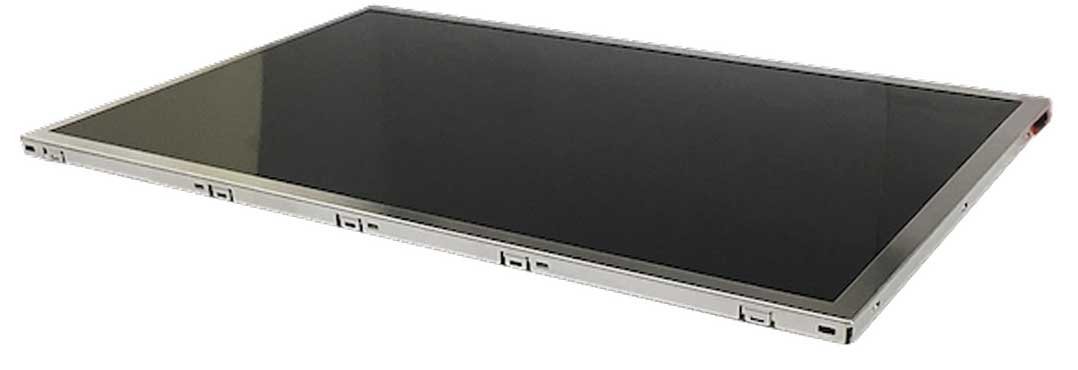 Liquid crystal display (LCD) modules are used in a wide range of applications that require visual output in a compact and energy-efficient form. For example, they are widely used in consumer electronics devices such as TVs, PC monitors, smartphones, tablets, digital cameras, portable gaming devices and smartwatches. They provide a flat, thin and lightweight display solution for these devices.
Liquid crystal display (LCD) modules are used in a wide range of applications that require visual output in a compact and energy-efficient form. For example, they are widely used in consumer electronics devices such as TVs, PC monitors, smartphones, tablets, digital cameras, portable gaming devices and smartwatches. They provide a flat, thin and lightweight display solution for these devices.
They are also used in information display systems like digital signage, public transport and airport flight information displays, electronic billboards, and factory equipment displays. Medical devices such as patient monitoring systems, diagnostic equipment, ultrasound machines, and infusion pumps rely on them too, as do gaming devices, automotive applications, and even home appliances. In short, they have become a vital part of the technology chain.
For more information, please contact Molebogeng Maponya at Altron Arrow
When embarking on a project that uses LCD modules, users will need to look at the different display modules and weigh up the options, deciding whether to design around a standard module or have one customised for their application. While the question may seem straightforward enough, careful consideration is needed, while weighing up the pros and cons of each.
What is LCD?
To make an educated choice, users need to understand what an LCD module is: a self-contained unit that incorporates an LCD panel, driver circuitry and other components necessary for displaying information. LCD modules are commonly used in various electronic devices, such as calculators, digital watches, mobile phones, computer monitors and industrial equipment.
The LCD panel in the module consists of a layer of liquid crystal material sandwiched between two transparent electrodes. When an electric current is applied to the electrodes, the liquid crystal molecules align in such a way that they control the passage of light through the panel, resulting in the display of characters, graphics or images.
LCD modules typically have a standardised interface, such as parallel or serial, that enables them to be easily connected to a microcontroller or other controlling device, and often come with built-in controller chips that handle the low-level driving of the LCD panel, relieving the connected device of that charge. They have grown in popularity as a choice for displaying information due to their low power consumption, lightweight design, wide viewing angles and compatibility with various electronic devices.
 Custom LCD modules are specifically designed to display a variety of images or low-information content according to unique requirements. These LCD modules can be categorised as positive or negative, depending on the intended application of the final product. In positive mode, the LCD module features a white background with black letters, while in negative mode the background is black and the letters appear in white.
Custom LCD modules are specifically designed to display a variety of images or low-information content according to unique requirements. These LCD modules can be categorised as positive or negative, depending on the intended application of the final product. In positive mode, the LCD module features a white background with black letters, while in negative mode the background is black and the letters appear in white.
Common misconceptions
When it comes to choosing which type of LCD module is the right one, many believe that getting a custom liquid-crystal display module up and running from scratch is resource heavy, both in time and money. They might also think the learning curve is steep and that focus could be taken away from other work.
There is also the perception that small changes can cause big problems when it comes to maintaining solutions in the future. Some are also concerned about the danger of higher development costs or production targets that might be missed and think that maintenance will be an unnecessary headache. For all these reasons, many people opt for off-the-shelf modules instead.
For more information, please contact Molebogeng Maponya at Altron Arrow
However, nothing could be further from the truth. One misconception is that custom LCD display modules have a higher unit cost compared to standard off-the-shelf modules. Although there may be non-recurring engineering (NRE) costs associated with custom modules, the unit pricing for custom LCD modules is often comparable to or even lower than that of similar off-the-shelf products.
There are several reasons for this. Standard display modules are usually tailored to maximise their implementation potential, which can lead to high pin counts that facilitate variable interface protocols, and high-output backlighting to maximise the potential of the application.
 Moreover, they are designed with fairly conservative mechanical design methods – and for a wide range of applications, design-specific changes can actually lower the unit production cost via application-specific simplification, often fairly dramatically.
Moreover, they are designed with fairly conservative mechanical design methods – and for a wide range of applications, design-specific changes can actually lower the unit production cost via application-specific simplification, often fairly dramatically.
Another misconception is that custom NRE costs are too constraining. For the majority of passive matrix LCD modules, Altron Arrow is capable of delivering a custom LCD with custom backlight, mechanical housing and an electrical interface for a NRE cost that is surprisingly affordable. The bottom line is that the flexibility of design facilitated by customisation far outweighs the small extra NRE that is required.
The final misconception is that designing custom modules extends delay production deadlines, and lead times. While an off-the-shelf option has the benefit of being instant, the lead time for a customised module is not as long as one might think.
There’s no question that the design freedom and iterative optimisation that custom LCD modules bring to the table more than justifies the time and minimum extra expense.
If you’d like to know more, please contact us on altronarrow.com or follow us on Facebook, Twitter or LinkedIn.
- Read more articles by Altron Arrow on TechCentral
- This promoted content was paid for by the party concerned




